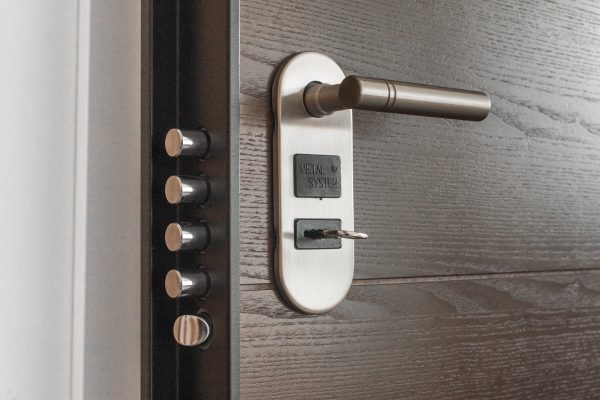
The world today has a plethora of advanced technological means of protecting their valuables. However, like with all good things, there are good options and not so good options. Not to worry- all this means is that you have to do your research.
First, ask your family and close friends- people you trust- about their security systems if they have one. Take a note of the good and bad experiences they’ve had with their security systems since they installed them. This will help you to cross-question all the security firms that you visit and make the most informed decision possible.
Next, you need to consider how much you’re prepared to pay to secure your home/valuables. In most cases, the expenses don’t end once you purchase the equipment. If you want a complete security system, you’ll be consistently paying your security firm to keep watch while you are away!
Now, here are the two options available to you:
A: Invest in for a do it yourself kit. Only take this option if you are confident in your own ability to set up the system. This would be the route for anyone trying to save money, but remember: if you mess it up, you’ll end up spending more money anyway.
B: Visit a security firm who will give you a customized system according to your requirements and budget. They’ll also monitor your property 24/7 (you’ll be charged for these daily services). Jump on the internet or ask friends and family to recommend the best firm that services your area.
If you’re someone who doesn’t have a grasp all the technical jargon, you’re not alone. We’ve compiled a brief list of need-to-know words to make your process go as smoothly as possible.
Regarding location, you have:
Perimeter alarms
As the name suggests, these alarms are usually used to stop the intruder at the boundaries of your property. They are fairly simple in design. Simple switch circuits are very effective for such purposes.
Building alarms
The building alarm is the second line of defense when you either don’t have a perimeter alarm or its been bypassed. These alarms function on various kinds of sensors: temperature, weight, noise, etc. A truly extensive alarm system, could involve a surveillance system with hidden cameras- these are quite expensive though, and are only recommended to those who truly need to go the extra mile.
Regarding circuits:
Open circuit
When the intruder completes the circuit by his action of intrusion, he triggers the alarm. For example, a button embedded into the doorway or magnetic switch embedded into a window will trigger an alarm if the door or window is opened.
Closed circuit
In such a system, the electric circuit is complete when the door or window is closed and hence if an intruder opens the door the current path is broken triggering an alarm. Both these systems are very naïve in their designs and hence have to be controlled using a control box so that the intruder cannot deactivate the alarm easily.
Regarding energy:
Active Systems
This means you have a source that emits either radio waves or ultrasonic rays into the room and records the reflection of these rays when they travel back. If somebody comes in the range of these rays, their reflection pattern changes and triggers an alarm.
Passive Systems
These systems use a detector/sensor to sense a rapid change in infrared energy in the room. This means that when a human enters the field of the senor, there is a rapid increase in the level of heat which is sensed by the infrared sensor. This change sends a message to a controller, which in turn sounds a combination of alarms set by the user.

